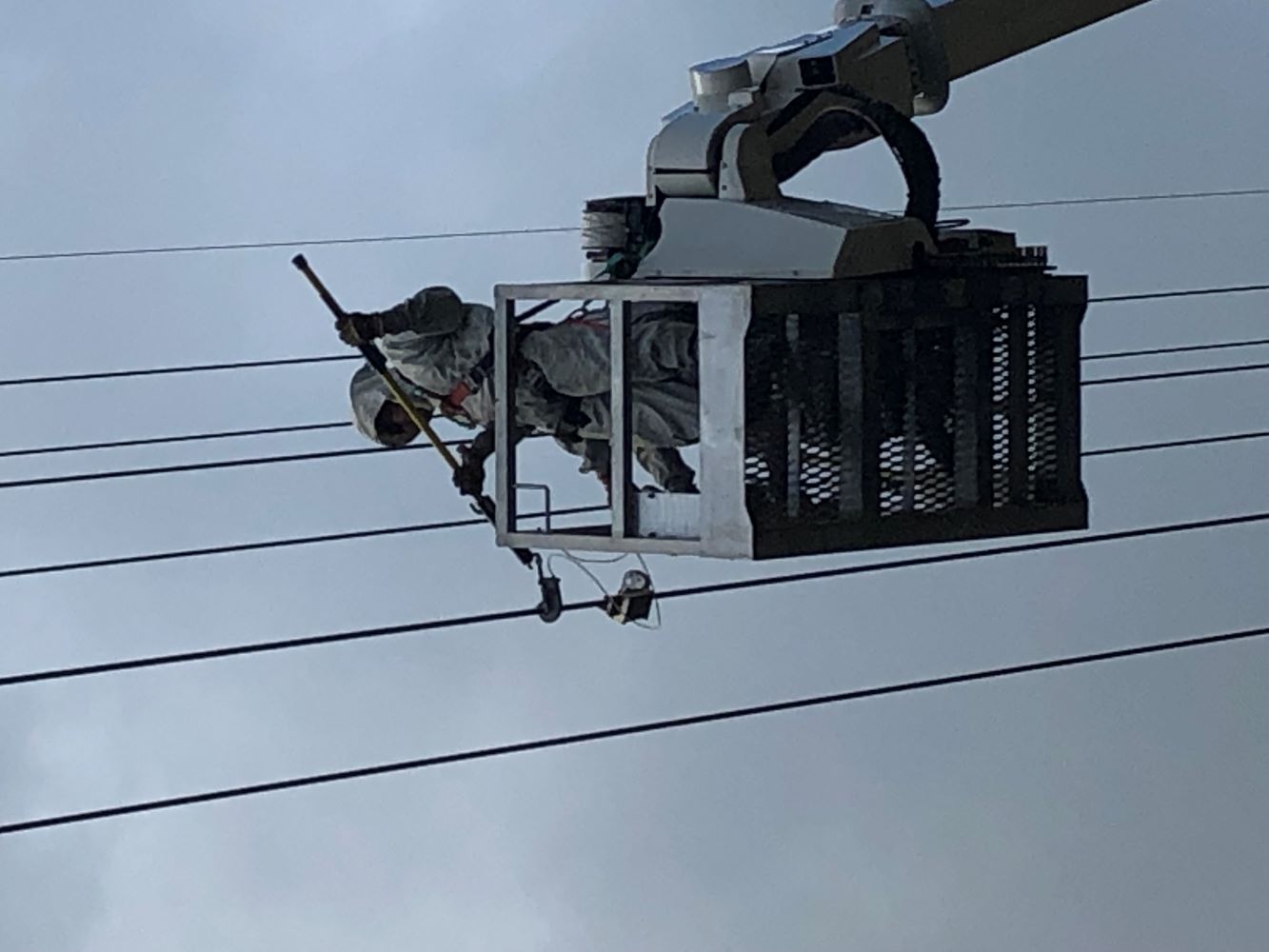EPRI Overhead Conductor Monitor: Use case
The problem:
American Electric Power (AEP) faced significant challenges with conductor galloping, a phenomenon where power lines sway due to ice or wet, heavy snow combined with wind. This motion can lead to flashovers, outages, and damage to conductors and fittings. The utility sought to better understand and mitigate these effects to improve transmission line efficiency and reliability.
RF monitoring approach:
EPRI developed and deployed Conductor Radio Frequency (RF) Monitors to measure parameters such as the magnitude and frequency of galloping and wind conditions. These monitors were installed on AEP’s transmission lines, including the Sorenson – Robinson Park and Tanners Creek 345kV lines in Indiana. The data collected helped evaluate the effectiveness of various galloping mitigation devices.
Lessons learned:
The collaboration between EPRI and AEP provided valuable insights into conductor motion and the performance of mitigation methods. The RF Monitors enabled AEP to confirm their design approach, understand the causes of galloping, and assess the effectiveness of different mitigation devices. This data-driven approach increased confidence in using new transmission line designs and informed future mitigation strategies.
Status:
Currently, AEP continues to use EPRI’s RF Monitoring Systems to monitor and analyze conductor galloping. The ongoing research aims to refine mitigation techniques and improve transmission line designs. The success of these monitoring systems has led to additional installations and a broader application across different geographic locations, helping utilities proactively address conductor motion issues.




